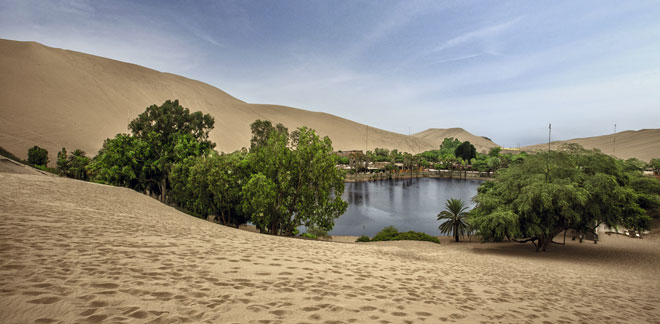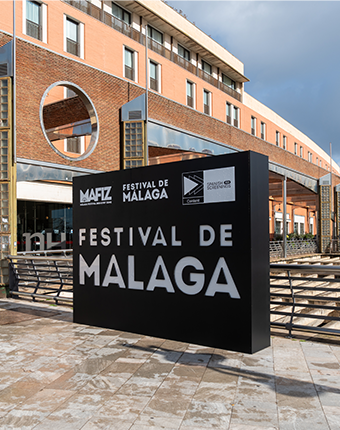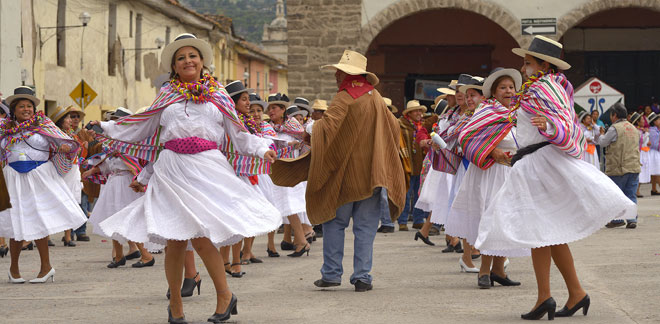
News
4 national films showcasing Peru’s stunning natural landscapes
Photography: MINCETUR
Peru's landscapes have served as the backdrop for many film productions, bringing stories to life in settings that highlight the country's natural beauty and rich cultural diversity.
Peruvian cinema has skillfully leveraged the country's stunning landscapes and vibrant culture to create productions that shine with emotional storytelling and breathtaking visuals. As a result, Peru's unique diversity has been beautifully captured in several national films.
Here are four Peruvian feature films that stand out for their incredible locations:
1. KINRA
Marco Panatonic infused drama, humanism, and the Quechua language into Kinra (2023), a film shot in Chumbivilcas, Cusco. The story follows Atoqcha, the protagonist, whose life shifts between his mountain home, where his mother lives, and the city of Cusco, where he seeks a future as a university student. In Cusco, he finds a friend who welcomes him like family. However, he struggles to forget his mother and his sister, who also longs to carve her own path in life.
Kinra won a total of six awards at the 28th edition of the Lima Film Festival, including the Jury Award for Best First Film in the Latin American Fiction Competition, the International Critics Jury Award for Best Film, and the Award for Best Peruvian Film in the Other Awards category.
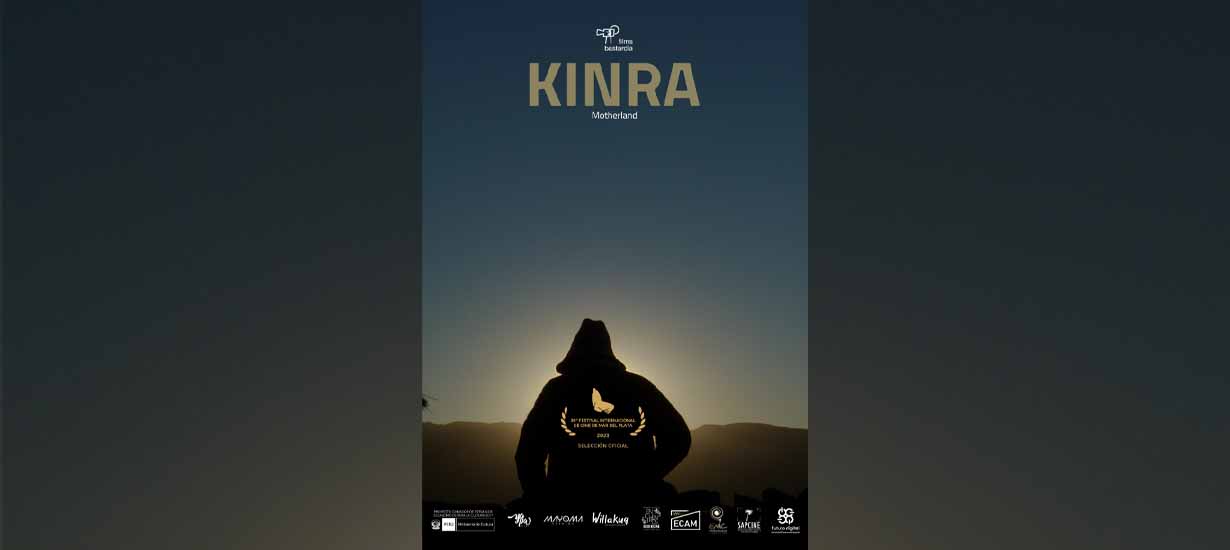 Source: Filmaffinity / PROMPERÚ
Source: Filmaffinity / PROMPERÚ
Chumbivilcas: The sacred belt of Cusco
The distance from the city of Cusco to the province of Chumbivilcas, originally known as "Chumpiwilcas" by the Inkas, is about 6 to 7 hours. This name is derived from two Quechua words that together mean "sacred belt" in Spanish.
This location is perfect for audiovisual productions aiming to showcase the grandeur of the natural landscape framed by mountains. It is important to note that reaching Chumbivilcas involves an asphalted road for the first half of the journey, after which you will travel along a gravel highway. However, once you arrive at the capital, Santo Tomás, the road is paved again.
 Source: Shutterstock / PROMPERÚ
Source: Shutterstock / PROMPERÚ
The stunning landscapes of Chumbivilcas, with its picturesque rivers and plains, are just a glimpse of what this province has to offer. It boasts incredible tourist attractions, including the qaqa jail, a striking rock formation located near the district of Santo Tomas, constructed from ashlar stone.
Its name in Quechua means "stone prison," reflecting its history as a natural fortress and place of refuge. The massive rock walls and natural caves create a stunning backdrop, making it an ideal setting for films or short films that feature surreal or science fiction themes.
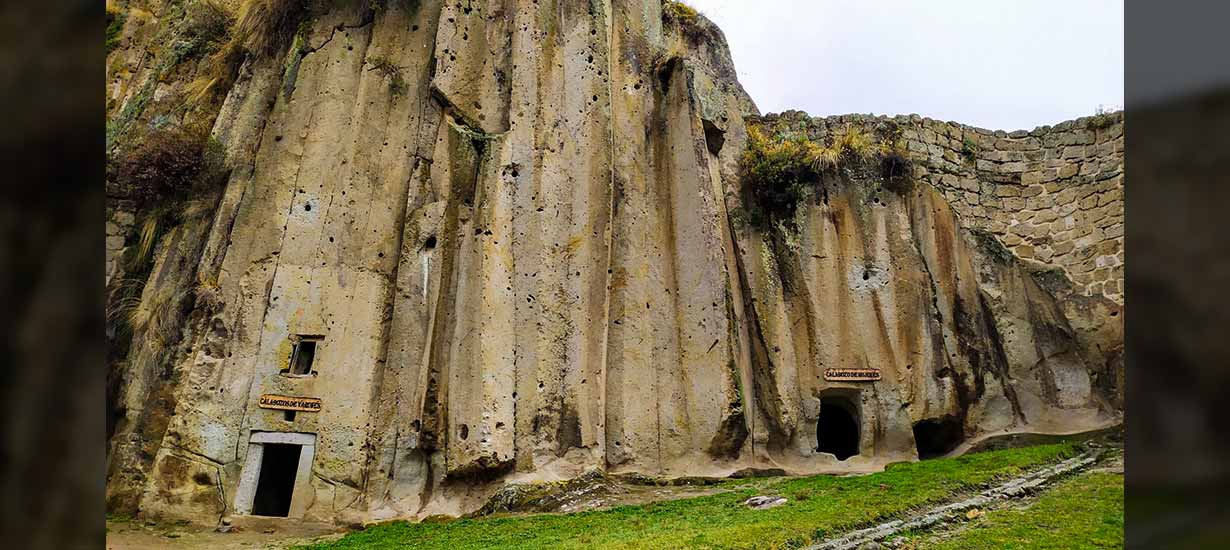 Source: Mincetur / PROMPERÚ
Source: Mincetur / PROMPERÚ
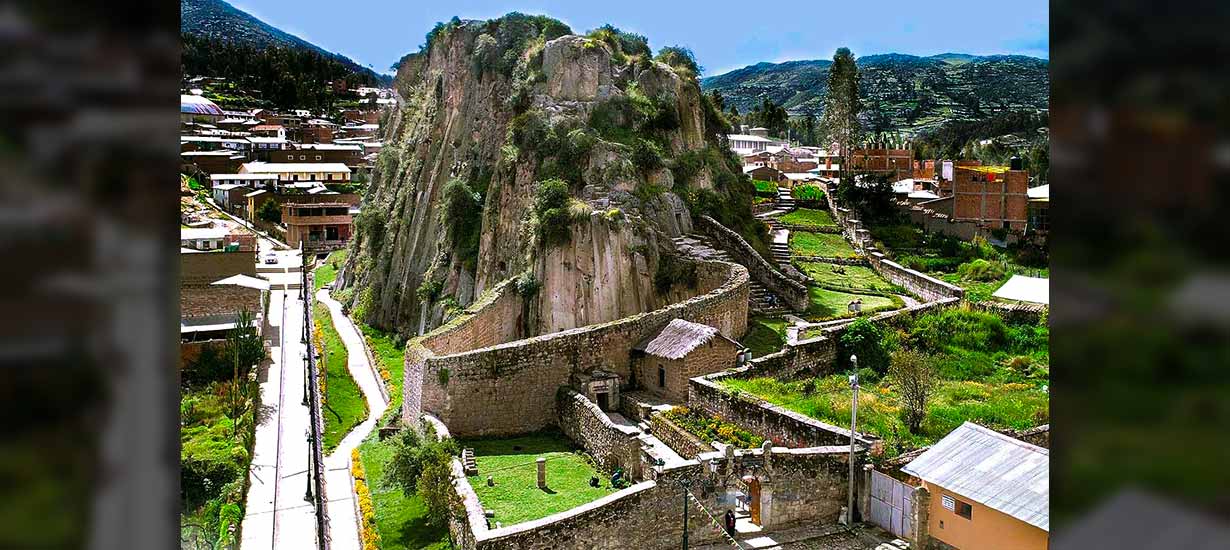 Source: Mincetur / PROMPERÚ
Source: Mincetur / PROMPERÚ
Exploring the cave paintings of Quillamachay feels like a journey through time, transporting you to another reality where you can see how early artists captured their environment and beliefs. Surrounded by majestic mountains and deep ravines, this site creates a perfect setting for photography.
When it comes to mystical settings, the Chiñisiri necropolis cannot be overlooked. This site presents an imposing landscape, and exploring it offers insights into the funerary practices and spiritual beliefs of the past.
 Source: Mincetur / PROMPERÚ
Source: Mincetur / PROMPERÚ
2. RAÍZ (Root)
Set in the heights of the Peruvian Andes at an altitude of 3,549 meters above sea level, Raíz (2024) is a feature film directed by Cusco filmmaker Franco García Becerra. The film was shot in the district of Ocongate, province of Quispicanchi, within a Quechua-speaking rural community.
The protagonist is Feliciano (Albert Merma), a young alpaca herder who dreams of watching the Peruvian national team qualify for the World Cup. However, as he experiences this unique excitement, his community faces the threat of disappearing due to pasture contamination and pressure from a company that endangers their way of life.
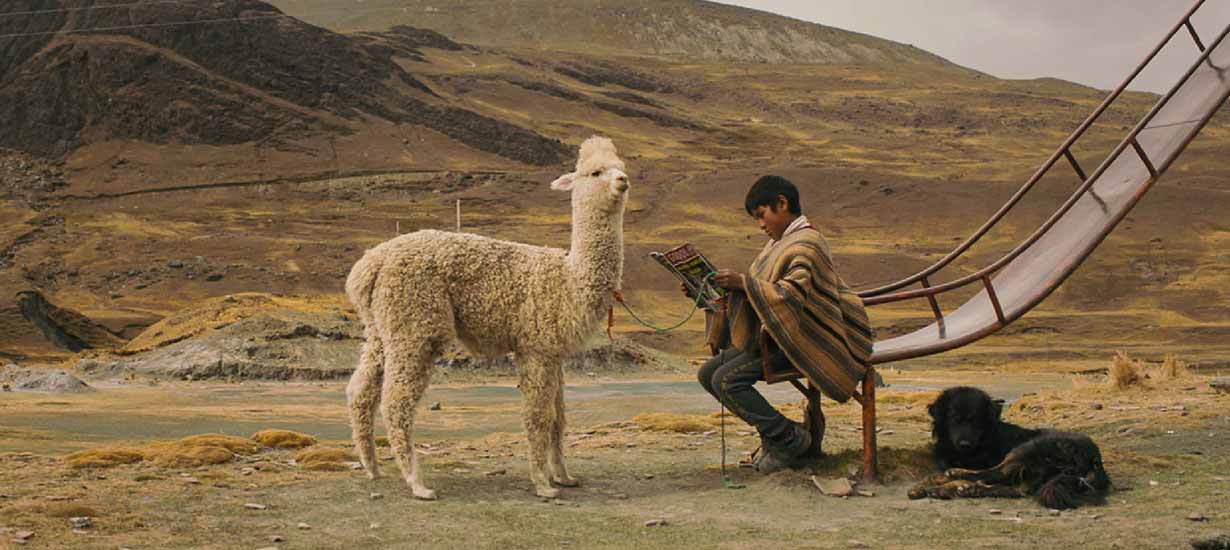
Source: PROMPERÚ
The feature film showcases the beauty of natural landscapes framed by the Andes mountain range, highlighted by the majestic Ausangate, a snow-capped mountain that serves as a guardian for the province of Quispicanchi and holds great significance as a deity.
For director Franco García, the inspiration for this emotional film stems from the origins of his ancestors. To obtain the filming permit, the team first reached out to the municipality of Quispicanchi and then secured special permits from each community, presenting the audiovisual project to them for their approval.
The film received a Special Jury Mention in the Generation Kplus section at the most recent edition of the prestigious Berlin Film Festival.
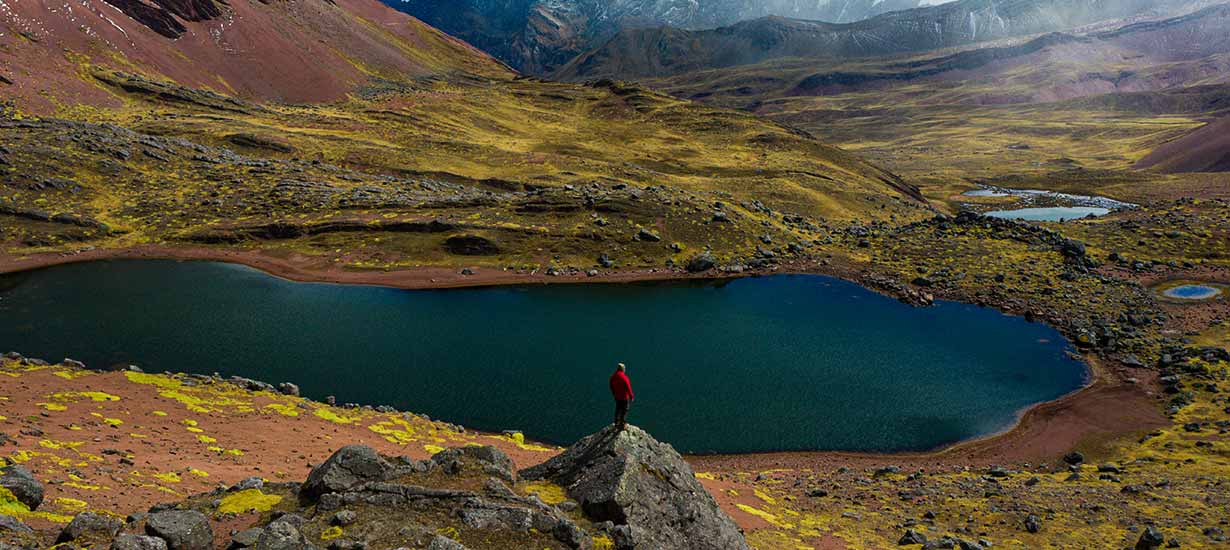 Source: Daniel Silva / PROMPERÚ
Source: Daniel Silva / PROMPERÚ
Quispicanchi: A brilliant destination
Known for its breathtaking natural environment, Ocongate is home to the majestic Ausangate, one of the most sacred apus in Andean cosmovision and the fifth highest mountain in Peru, standing at 6,384 meters above sea level. With its snow-capped peaks and turquoise lagoons, Ausangate is revered as an apu (a deity or protective spirit of the mountain) and is believed to guard and protect the region's communities. These landscapes have witnessed thousands of years of Cusco culture and tradition, making them ideal settings for audiovisual productions or documentaries seeking to capture the area's natural grandeur.
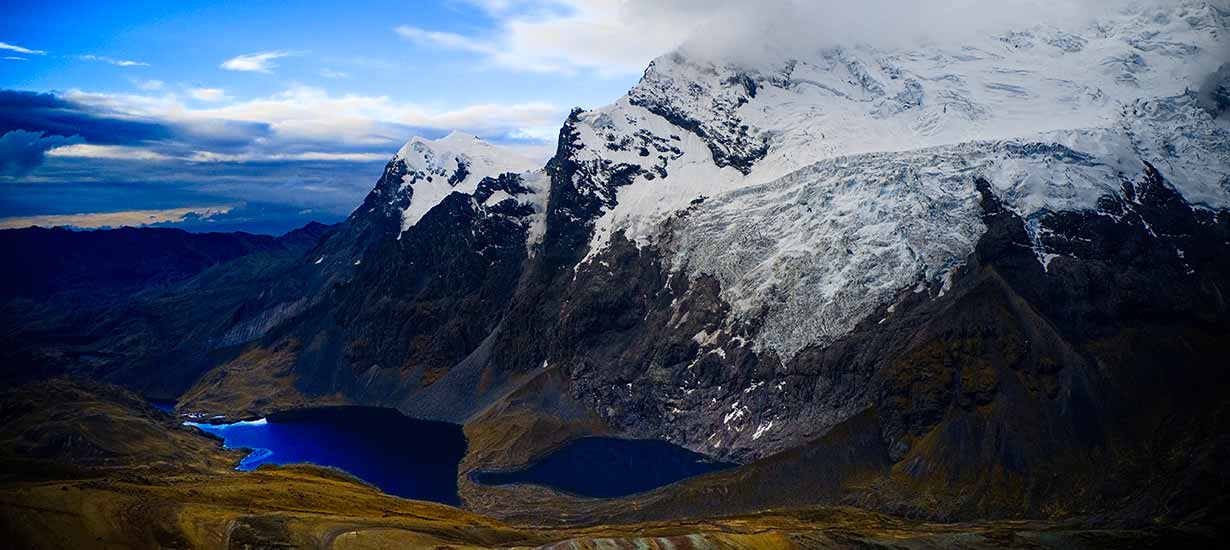
Source: Daniel Silva PROMPERÚ
To reach the district of Ocongate from anywhere in the city of Cusco, you can take a private car or bus, which typically takes around 2 hours. In terms of climate, the average temperature is 9 °C, with daytime highs reaching 22 °C and nighttime lows dropping to -5 °C.
 Source: Daniel Silva PROMPERÚ
Source: Daniel Silva PROMPERÚ
3. KARUARA, LA GENTE DEL RÍO (Karuara: The river people)
We now move to the Peruvian Amazon, specifically to the province of Nauta in the Loreto region, located along the banks of the Marañon and Ucayali rivers that feed into the Amazon River. This geographical area is home to the Kukama Kukamiria ethnic group, alongside Mariluz Canaquiri, who narrates this story.
Directed by Miguel Araoz Cartagena and Stephanie Boyd, the documentary film tells the story of a courageous indigenous woman and her community as they confront various interests to save their river and, in turn, their culture, language, and worldview. This film serves as a powerful reminder of our ancestral connection to water.
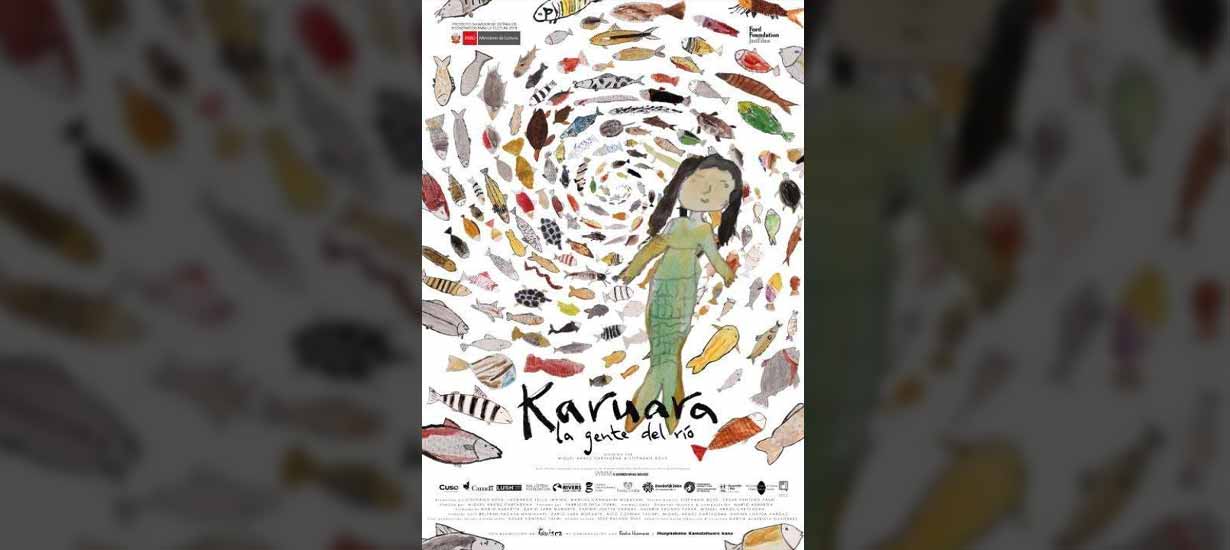 Source: Filmaffinity / PROMPERÚ
Source: Filmaffinity / PROMPERÚ
Karuara, la gente del río is also a book published in 2016, aimed at compiling a collection of stories in the native language of the Kukama Kukamiria. This ethnic group inhabits the regions of Alto Amazonas, Requena, and Loreto within the Loreto region.
 Source: Renzo Tasso / PROMPERÚ
Source: Renzo Tasso / PROMPERÚ
Another important detail is that the production team included Mariluz Canaquiri Murayari, leader of Huaynakana Kamatahuara Kana, the Kukama Kukamiria women's federation, and Leonardo Tello Imaina, director of Radio Ucamara, an indigenous media outlet in the Amazon region.
Meanwhile, the awards won by this feature film at the Lima Film Festival include:
- Audience Award for Best Film in the Peruvian, Latin American Fiction, and Latin American Documentary Competition.
- Jury Award for Best Film in the Peruvian Competition.
Loreto and the Peruvian Amazon: Natural beauty
In the Loreto region, you will find unique locations like the Pacaya Samiria National Reserve, one of the largest protected areas in Peru. This stunning reserve offers the chance to capture images of vast wetlands, lagoons, and rivers, along with an abundance of lush flora and diverse fauna.
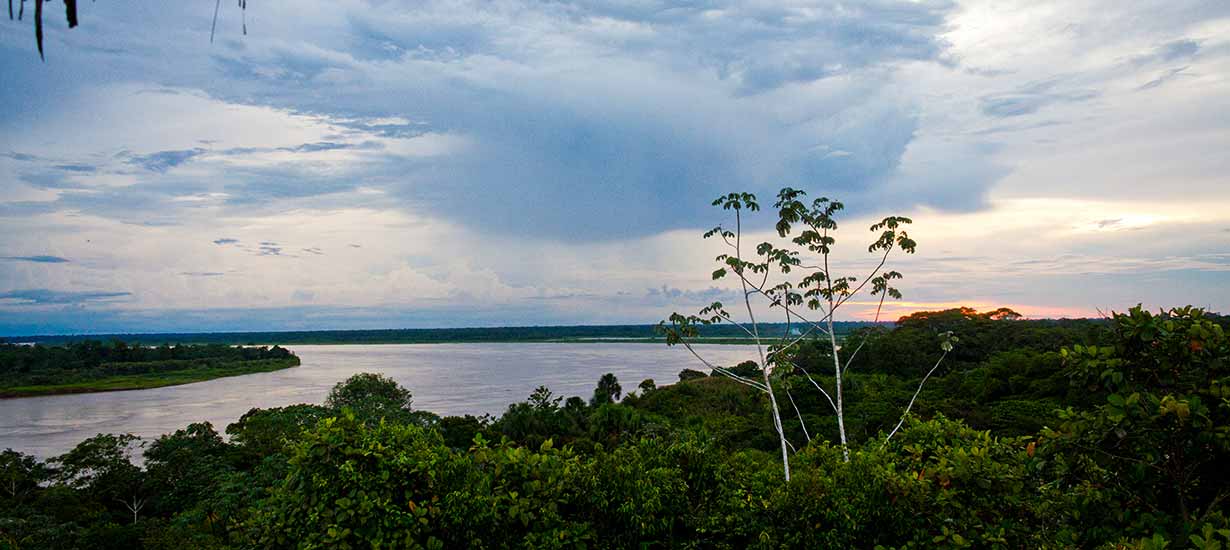 Source: Renzo Tasso / PROMPERÚ
Source: Renzo Tasso / PROMPERÚ
The city of Nauta, located in the Loreto region, is another fascinating destination for both tourists and audiovisual productions. Its natural attractions and close proximity to the Amazon River make it an ideal location for capturing stunning visuals.
Loreto has a tropical climate, with temperatures ranging from 24 °C to 31 °C throughout the year, making Nauta a warm and humid destination. To reach Nauta from Lima, you must first fly to the city of Iquitos, as there is no land access to Loreto from other regions. From Iquitos, you can take a car or bus to Nauta, which takes about two hours.
One of the main attractions in Nauta is the Sapi Sapi Lagoon, which is home to exotic animals like the taricaya turtle and the arapaima. Other highlights include Love Beach, perfect for immersing yourself in the beauty of Amazonian nature, and the Main Square, featuring native statues and the local church. Additionally, Nauta serves as the gateway to the Pacaya Samiria National Reserve, one of the most biodiverse areas in the world.
4. EL HUARO
El Huaro (2024), directed by Patricia Wiesse, weaves together tales of love and heartbreak intertwined with tragedy. This award-winning film, which garnered multiple accolades at the 28th Lima Film Festival, is set in the district of Imaza, in the province of Bagua within the Amazon region.
To reach the district of Imaza, where the film was shot, from Lima, you need to combine air and land transportation. First, take a flight to Chiclayo Airport, and then catch a bus to the city of Bagua Grande. From there, you can access Chiriaco (in the Imaza district) by private or shared vehicle.
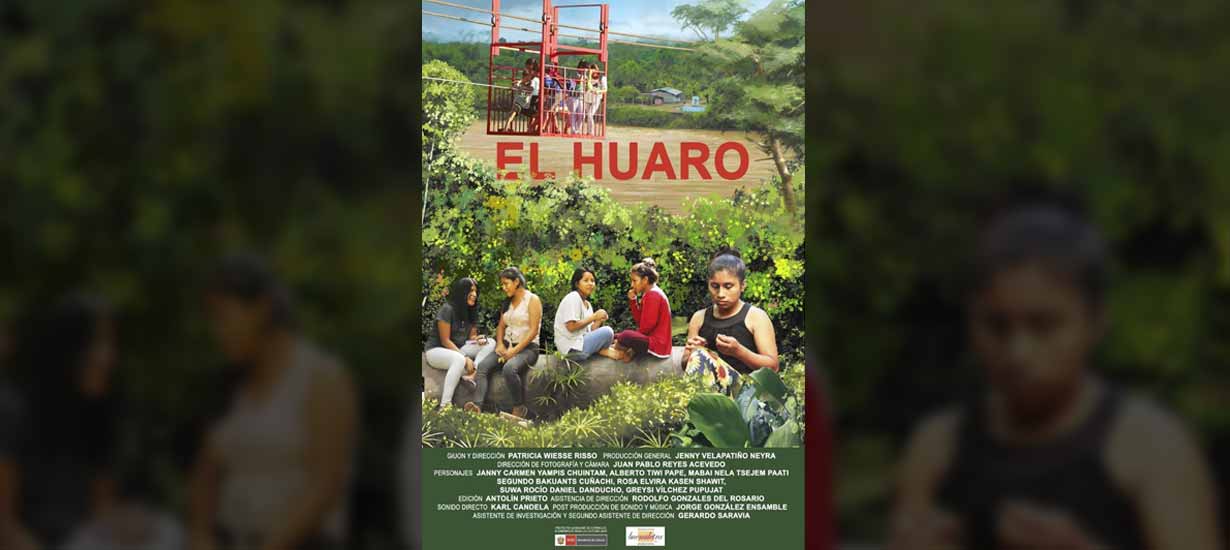 Source: Filmaffinity / PROMPERÚ
Source: Filmaffinity / PROMPERÚ
The heart of Amazonas
When discussing Bagua, it is essential to mention its stunning waterfalls, which are natural wonders that captivate nature lovers with their beauty and lush jungle surroundings. Among the most well-known are the El Tigre and Numparket waterfalls. The Numparket waterfall, in particular, is surrounded by dense vegetation and boasts an impressive drop of approximately 120 meters.
Bagua is situated in the Amazon region of northern Peru and is a destination brimming with natural and cultural wonders. It is renowned for the stunning Gocta waterfall, one of the highest in the world, and the Kuélap fortress, an enigmatic archaeological site of the Chachapoyas civilization. Amazonas also boasts remarkable biodiversity, ranging from its dense cloud forests to its rich fauna.
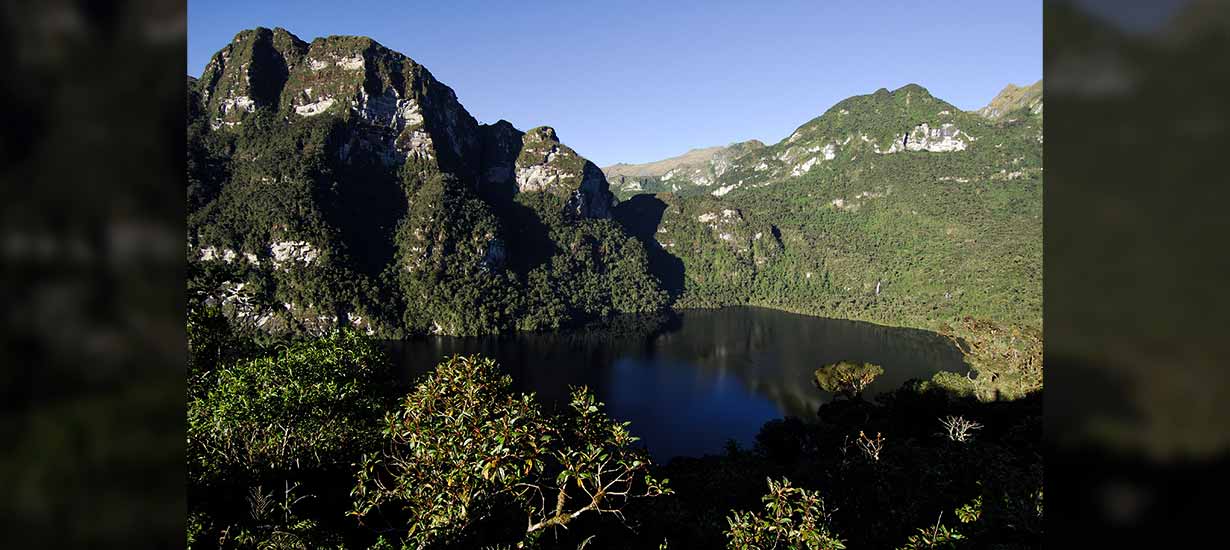 Source: PROMPERÚ
Source: PROMPERÚ
Peruvian film locations do more than just provide a backdrop; they add depth and authenticity to productions. The environment enhances the narrative, helping to connect viewers with the realities and emotions experienced by the protagonists.
In this way, national productions position Peru as a highly attractive film destination, creating new opportunities for both the film industry and tourism in the country
